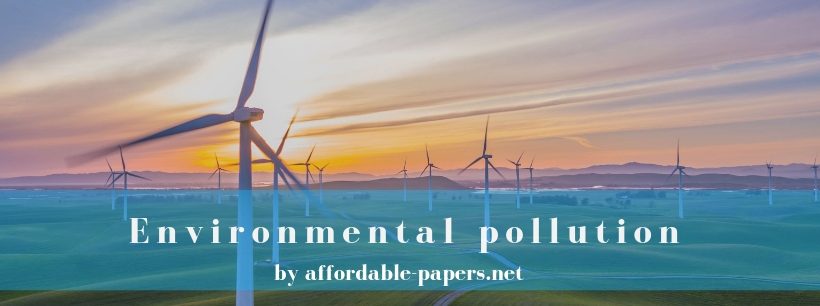Recently there has been an article published in one of US magazines where the headline shouted about the increased cancer rate directly connected to the bad environment. The first sentence claimed that 39 of 100 000 cancer deaths could be prevented if the worst US environments improved their work and decreased their impact.

The author also provided the correlation between the “quality” of our environment and cancer rates in 2,687 counties all over the US. The regions with the poorest Environmental Quality Index (EQI) surprisingly had the highest cancer rates. Is that a coincidence?
Cancer maps
Talking about specific types of the disease, cancer of prostate and female breast showed the highest correlation which immediately caused general indignation: these two cases have been intensively studied during the decades and there is too less evidence that the pollution of the environment plays a role here. Another scientist, Scarlett Gomez, considers this article as a new approach to searching for factors that impact cancer diseases directly.
The use of parallels between high cancer rates and regions on maps was already drawn in 1970 by the National Cancer Institute. The scientists identified that the high lung cancer rates among men in Louisiana were caused by asbestos: the shipbuilding industry example successfully helped to find an anomaly in a specific location. It led to more focused ecologic studies and analyzing the data based on certain regions, not individuals.
Cancer factors
It is worth to remember that ecological studies have their own limitations: for example, the EQI is based on such factors as air, water and land pollutants that cannot be correlated correctly. They are also closely connected to sociodemographic factors that have a direct impact on cancer diseases and health in general. And now we come to the main problem of this article: cancer factors have been studied for over 40 years and the key ones depend on individuals, such as smoking, age, alcohol, genetics etc.
The scientists prefer to identify the environment broadly, including personal and general exposures. The authors of the article define the environment narrowly which leads them to underestimate personal exposures role. Although the role of pollution is significant in many areas, it is equally distributed within the counties and its effects show up together with personal behavior effects.
For example, you cannot connect the level of smoking in the region with cancer rates because it is the highest in low-income areas and depends on individuals. It makes the EQI a useless instrument in defining cancer hotspots. The last anomaly we found in this article was the connection between female breast and prostate cancer. These diseases are usually associated with a higher social status which should mean that socially successful people live in a bad environment which does not make sense.
